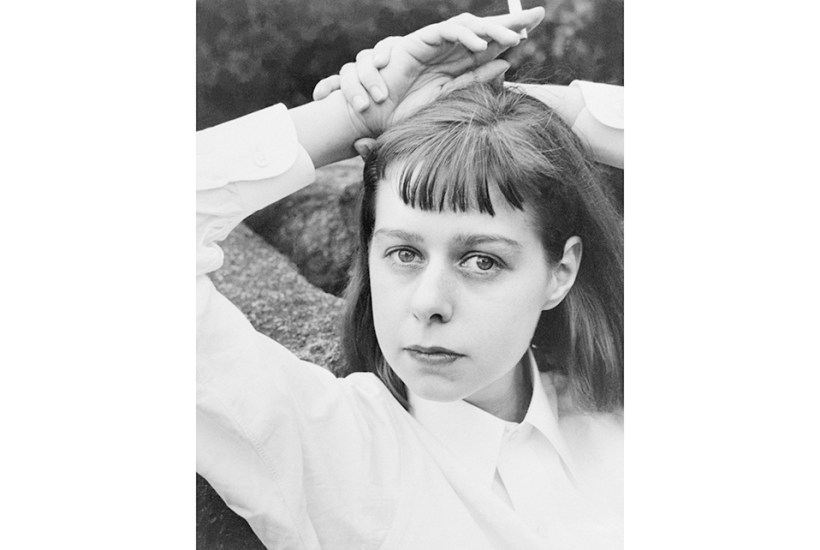It may be true that The Heart is a Lonely Hunter (1940) – but in the case of Carson McCullers it could also be an indefatigable and exhausting one. Born Lula Carson Smith into a struggling middle-class family in Columbus, Georgia in 1917, she grew up hungering for great passions – and, like Hunter’s teenage protagonist Mick (her characters often carry gender-neutral names), she fell in love with classical piano at a young age.
Already a subscriber? Log in
Subscribe for just $2 a week
Try a month of The Spectator Australia absolutely free and without commitment. Not only that but – if you choose to continue – you’ll pay just $2 a week for your first year.
- Unlimited access to spectator.com.au and app
- The weekly edition on the Spectator Australia app
- Spectator podcasts and newsletters
- Full access to spectator.co.uk
Or
Unlock this article
You might disagree with half of it, but you’ll enjoy reading all of it. Try your first month for free, then just $2 a week for the remainder of your first year.








Comments
Don't miss out
Join the conversation with other Spectator Australia readers. Subscribe to leave a comment.
SUBSCRIBEAlready a subscriber? Log in